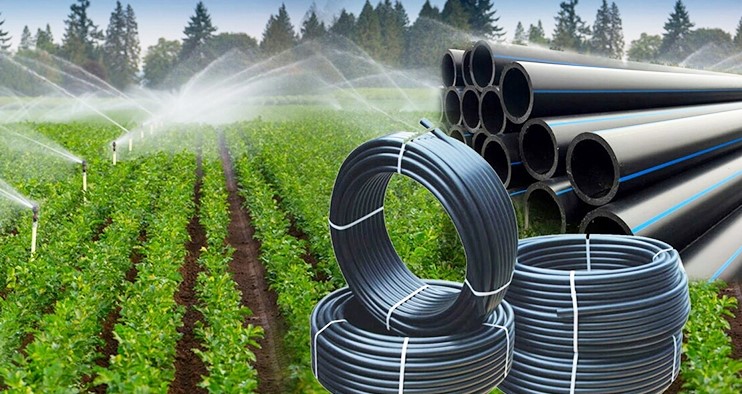Plastic Pipes Valves & Fittings
Plastic Pipes Valves & Fittings
Valves and fittings are essential components in various industries and applications, including plumbing, manufacturing, oil and gas, water treatment, and more. They play crucial roles in controlling the flow, pressure, and direction of fluids within a system. Here’s an overview of valves and fittings:
Valves:
- Function: Valves are devices used to regulate, start, stop, or direct the flow of fluids (liquids, gases, or slurries) through a pipeline or system. They control the passage of fluids by opening, closing, or partially obstructing the flow path.
- Types: There are numerous types of valves available, each designed for specific purposes. Common valve types include ball valves, gate valves, globe valves, butterfly valves, check valves, needle valves, and plug valves. These valves have different mechanisms and configurations to suit different flow control requirements.
- Construction: Valves consist of several components, including a body or casing, an actuator or handle for manual operation (or an actuator for automatic operation), a seating mechanism, and a disc or closure element that moves within the valve body to control flow.
- Applications: Valves find application in a wide range of industries. They are used in plumbing systems, industrial processes, power generation, oil and gas pipelines, water treatment plants, HVAC systems, and more. The specific valve chosen depends on factors such as fluid type, pressure, temperature, and flow rate.
Fittings:
- Function: Fittings are components used to connect, join, or adapt different sections of piping or tubing within a system. They provide a secure and leak-free connection for fluid transfer and allow for easy installation, maintenance, and modifications.
- Types: Fittings come in various types, including couplings, elbows, tees, reducers, adapters, unions, valves with integrated fittings, and more. They are available in different materials such as metal (e.g., steel, brass, copper) and plastic (e.g., PVC, CPVC, PEX).
- Construction: Fittings have specific shapes and designs to facilitate specific connections. For instance, couplings are used to join two pipes of the same diameter, while elbows allow for directional changes in piping. Fittings can be threaded, soldered, welded, or connected through compression, flanges, or push-fit mechanisms.
- Applications: Fittings are used extensively in plumbing systems, industrial pipelines, irrigation systems, pneumatic and hydraulic systems, and other fluid handling applications. They ensure proper alignment, sealing, and connection integrity within the system.
It’s important to select valves and fittings that are compatible with the specific requirements of the application, such as pressure rating, temperature range, chemical compatibility, and system design. Consulting with professionals or referring to industry standards and guidelines is advisable to ensure the correct selection and installation of valves and fittings.


Tortor at risus viverra adipiscing at. Facilisis gravida neque convallis a cras semper auctor. Orci sagittis eu volutpat odio facilisis mauris.

Aabideen Shaq
Engineer

